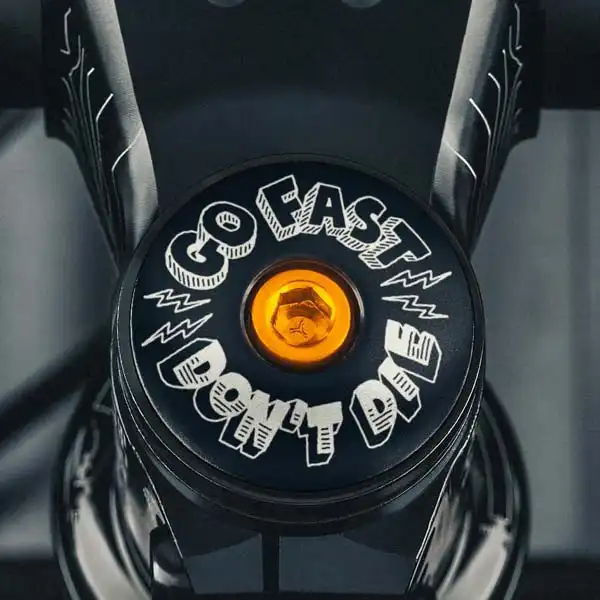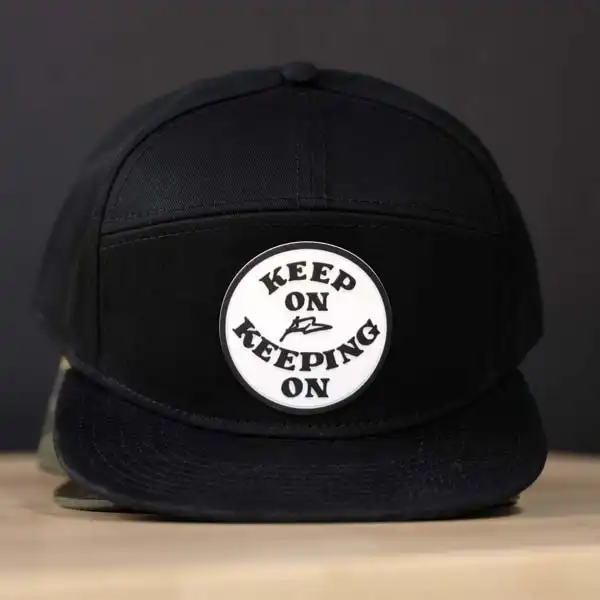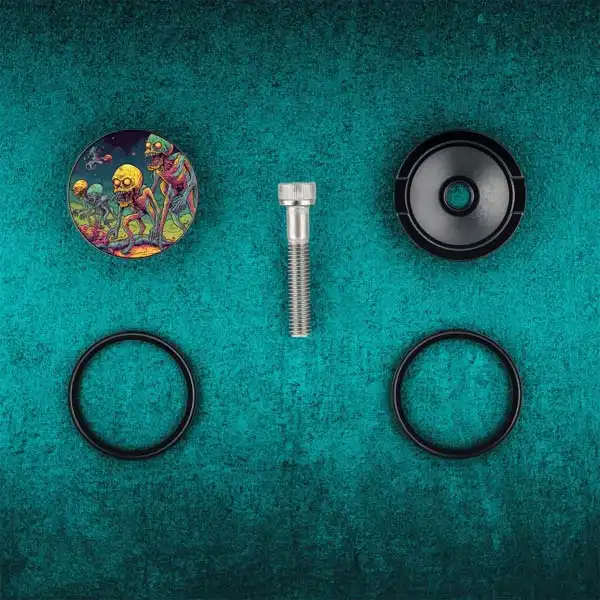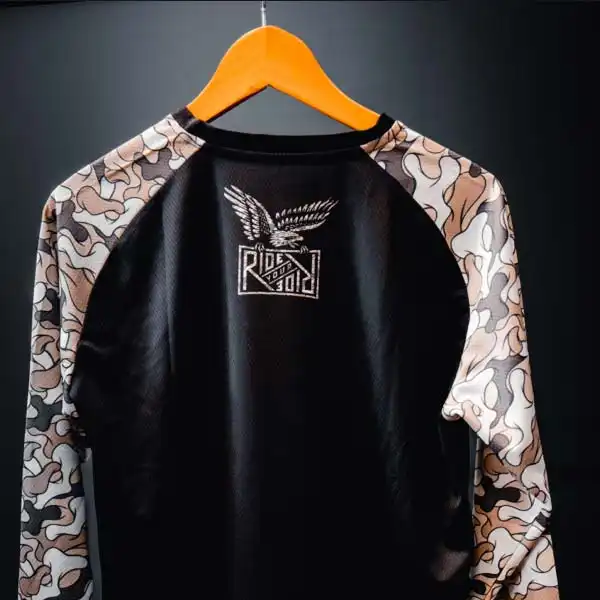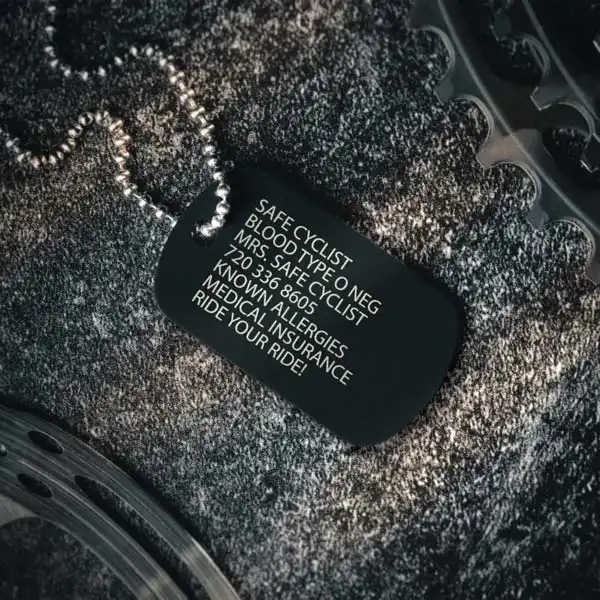How to Steal a Bike in 5 Easy Steps
Bicycle Theft in the United States
According to the latest FBI Uniform Crime Report, from 2007 to 2011, bicycle theft in the United States rose (on average) 14% each year. On average, over 190,000 bicycle thefts are reported stolen each year in the United States, a statistic that in itself is staggering when the number of bicycle thefts that go unreported are considered. That number swells to almost 2 million thefts in North America each year.
Some US cities are starting to fight back against bicycle theft. Cities like San Francisco, Los Angeles, and San Diego are more actively studying bicycle theft and deploying preventative measures designed to capture thieves and reduce the number of thefts. Using a page from the decoy police car parked on the interstate, Boston, MBTA Transit Police even created two-life-sized cardboard cutouts of police officers and placed them in two busy bike rack cages to help prevent theft.
How to Prevent Bicycle Theft
In order to prevent a theft, we must think like a thief. Thefts tend to fall into a couple of categories: Joyriders and Aquisitive.
Joyriders steal bikes just for the sake of riding them, and they typically abandon them after using them. Think of the average knucklehead that sees a bike on the front lawn, hops on, heads to the local hangout, and leaves the bicycle behind a dumpster.
Acquisitive thieves steal bicycles in order to trade them for cash or other goods. The majority of thefts of this type are crimes of convenience, but a growing ring of bicycle thieves are working in larger crime syndicates. A recent Facebook Marketplace seller was found to be selling stolen bicycles out of Juarez, Mexico, and is believed to have had stolen inventory of more than $1 million.
So how does the average bicycle thief boost your ride? Put on your burglar mask and follow along:
- Step One: Choose your bicycle. Make sure it is the right size and color for you. Pink streamers and all.
- Step Two: Grin as you see it poorly secured in a dark area.
- Step Three: Hop on and ride it away.
- Step Four: Ride your new bicycle that's 2 sizes too small for you back to the cave!
- Step Five: Repeat
In all seriousness, the more convenient you make it for a thief, the more likely your bicycle is an easy mark and it gets ripped off. So let's look at some options to make it a little harder.
First, what can't be seen, can't be stolen. Out of sight is out of mind applies here. If possible, don't leave your bicycle in plain sight. Take it inside your office or your home. Don't leave it on the front lawn unattended. Don't lean it right up against the grocery store entrance. If it's seen, that's step one accomplished by the bicycle thief.
Second, lock your bike to a sturdy object with a strong lock. Locks won't prevent theft completely. You're primarily buying deterrence and time. Deterrence is being accomplished by a thief seeing you have a lock on the bicycle, so that's going to take effort.
Time is primarily a function of how difficult it is to remove a lock. A small "latte stop" lock can be snipped with a pair of scissors or a quick tug. A U-lock properly attached might take a pipe or an angle grinder. One is obviously easier than the other. In this case, be difficult.
Make certain you are locking your bicycle properly and through the main tubes of the frame and wheels. Locking to a short post and around your saddle is about as good as no lock at all. The same goes for cable locks through the wheel only. This is an easy theft waiting to happen. Also, make sure the object you're locking your bicycle to is, in fact, sturdy and secured. Some creative bicycle thieves have taken to making fake furniture (poles, sign posts, planters, etc) that are designed to attract cyclists to lock up to them, only to be easily circumvented by the thief while you're inside order that triple no-foam latte.
Three, consider taking off the front wheel and/or the saddle, if possible. No front wheel means it's a lot harder to ride off. No saddle, well that's just going to be a really obvious look, making it more likely the thief is identified.
Finally, register your bike with organizations like Bike Index or Project 529. Bike Index has already assisted in an amazing $18 million worth of bicycles recovered. At Dispatch Custom Cycling Components we're also rolling out the option to engrave an identifying mark on the underside of your bicycle headset cap. With the bicycle headset cap installed, an unsuspecting thief likely will not think to look at the bottom of the stem cap to remove identifying information. If the bicycle is recovered, this can greatly assist in proving it is your bicycle to the authorities.
Can Bicycle Theft Be Stopped?
No! At the end of the day, a bicycle is no different than anything else you own that's seen as valuable to thieves. Be it for a joyride or to sell your bicycle for money, if it's of value to the thief, it's at risk. You can prevent theft by following the advice above and you can reduce the likelihood of theft by taking a few simple steps.
Bicycle theft seems to hurt more than the average theft because cyclists tend to have a special relationship with their machines. We put our money, our time, and our physical effort into this relationship and when a thief comes along and takes it away from you, it stings a little more than average.
Also, remember that if you are a victim of theft, report it to the local authorities and to the databases of stolen bicycles in your region. By reporting the theft, you help to reduce the available supply of stolen bicycles. This happens through the power of these databases making stolen bicycles less attractive. A bicycle in a stolen bicycle database greatly reduces the number of buyers willing to engage in enabling this market.
